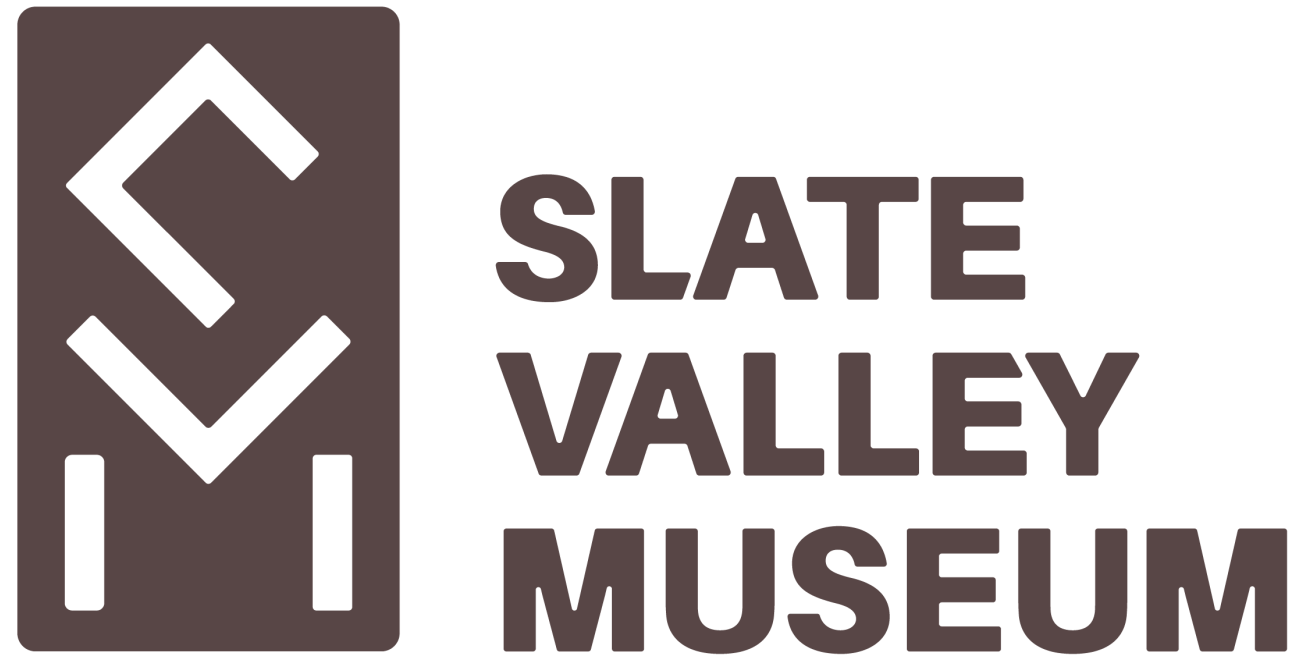Emergence of Mural Art
The shifts in the philosophy surrounding architecture and materials also influenced the plan for Washington, D.C., which continued into the 1930s and FDR's administration. Leaders hoped the broader, more inclusive approach would also help prompt a social reform plan to meet the challenges of the Depression. The goal was to replace the ethos of the Gilded Age, with its heavy focus on opulence and grandeur, with a spirit of broader social change that enriched the lives of more of the population, not just the wealthy elite. FDR called for this “ethical reform” in his first inauguration and worked quickly to institute relief programs, including aid for artists, as he did as Governor of New York.
Many mark the date, May 9, 1933, when artist George Biddle wrote to the President and planted the seed for a mural movement that would reach into peoples' everyday lives. Biddle's connections to Roosevelt were strong as they came from similar upbringings and attended the same schools, Groton and Harvard. However, Biddle was not alone; Roosevelt’s experience as Governor connected him with many key artists' groups, unions, museums, and professions supporting contemporary art and seeking government support. This would reflect local or regional interests and address pictorially some of the pressing issues and democratic ideals of the times. New concepts in real mural painting would “embody a new social idea” as vocalized by Diego Rivera and a corps of other Mexican muralists with whom American artists had studied. These ideas were not always visually pretty, as was the focus of the previous era, but they expressed the social realities of the times. For muralists this meant a shift from the use of allegorical paintings to represent a topic to an emphasis on depicting real people in real life.
The first federal government sponsored art program started on December 8, 1933, when the Public Works of Art Project began. Funding for PWAP was $1.03 million. More than 3700 artists nationwide participated in this short-lived, six-month program. This included 31 artists working in the Woodstock, NY art colony, including Martha Levy and her sister, Josephine. The goal of the program was to highlight high quality art while also providing relief. A total of 15,663 works of art, including some murals, were created. The framework was established, including regional committees with art professionals that would support the New Deal programs to come.
While Biddle's desire for a school for mural art did not come about, the Treasury did develop two programs: the Section of Painting and Sculpture, later called Section of Fine Arts; and the Treasury Relief Act. The artwork for the District of Columbia would be under the Section and that also contained many works subject to the review of the Commission of Fine Arts. Sketches would be submitted until there was an acceptance by the group. John Stuart Curry the artist of Justice Defeating Mob Violence would be rejected numerous times the artist being told 'You're a terrific painter and we really like the ideas that you've talked about, but we can't accept these murals because we don't think they are your best work.'" (Include an image of the work.)
It would be the Work Progress Administration's Federal Project No. 1 that would, starting in 1935, bring an umbrella of support to artists, musicians, actors, and writers. For the Federal Arts Project (FAP) the director's position would be given to E. Holger Cahill. He had come to New York City at 26 and became friendly with well-known artists, became a publicist for the Society of Independent Artists, and studied at NYU, Columbia, and the New School of Social Research. He became an Assistant Director at the Newark Museum (1922- 1930). Cultural education and American Folk art influenced the development of his curatorial skills. He served as Acting Director of the Museum of Modern Art from 1932 - 1933.
Cahill spearheaded the Index of American Design, demonstrating a usable past of created objects and decorative arts from colonial time through the Gilded Age. He saw art as an active expression of fulfillment of life, one that should be accessible for all and the American national past and regional history was prime for use in art, particularly mural art. He was a proponent of John Dewey's belief in art education, for both children and adults. Cahill, in speeches, addressed how public schools were increasingly accepting art instruction as a core area of the overall curriculum. For adults, greater awareness and training would assist in their understanding of the qualities in art and in life. He also instituted community art centers in areas throughout the country with the goal of bringing art enrichment and activities to all, including the disadvantaged.
Beginning in 1938, Cahill took the lead of the entire Section One program. With waning legislative support, the program as a whole was impacted by less funding and decreased the number of artists receiving employment. The nation soon adjusted its attention and efforts to an impending certainty of war, ending the New Deal arts programs in 1943.
Holger Cahill was very well aware of Martha Levy's work on Men Working in Slate Quarry. He was photographed standing happily in front of a panel, yet to be completed, for the September 5, 1938, issue of TIME Magazine. The notation with the image read: His project: to build a plateau. The author of the article stated “the typical U.S. professional in fine arts worked in the world but was not a part of it.” Few knew of “their dignity, and when discovered it usually was misinterpreted. Much has happened in the last few years to alter this national condition.”
Martha Levy worked as a U.S. Government employed artist for the entire New Deal Arts decade,1933 ~ 1943.
Previous Panel... New York, Public Art, & City Beautiful
Next Panel... Men Working in Slate Quarry

